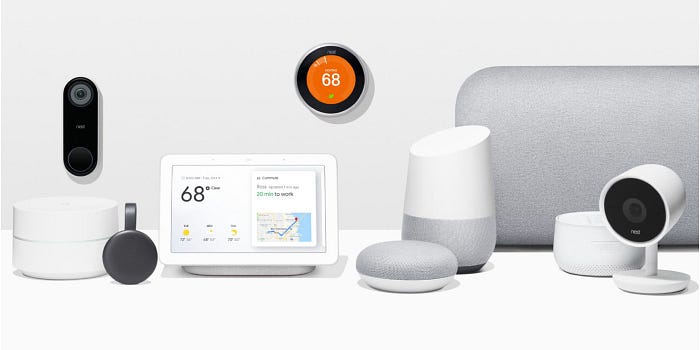Design Design Design! → Part LXII: Cross-Platform Compatibility & Cross-Device Experience

Welcome to Design Design Design! This series of articles focuses on a variety of topics related to design. Whether a beginner or a seasoned professional, you’ll find something here to further your design knowledge.
What is Cross-platform compatibility?
Cross-platform compatibility refers to the ability of a product or service to work seamlessly on multiple platforms or devices. This is increasingly important for designers as more and more people use a variety of devices and platforms to access digital content. Ensuring that a design is cross-platform compatible means that it can be accessed and used by a wide range of users, regardless of their device or platform.

One example of cross-platform compatibility is a website that can be accessed and used on both desktop and mobile devices. The design should be responsive, meaning that it adjusts to the size and capabilities of the device being used. This allows users to have a consistent experience regardless of whether they are accessing the website on a laptop, tablet, or smartphone.
Seamless Cross-Device Experience
Seamless cross-device experience refers to the ability of a product or service to work seamlessly across multiple devices, allowing users to switch between devices without interruption.

For example, a user might start watching a movie on their TV, and then pick up where they left off on their phone on their way to work. This allows for a more convenient and enjoyable user experience.
How Cross-Platform Compatibility and Seamless Cross-Device Experience Fit Together
Cross-platform compatibility and seamless cross-device experience are closely related concepts that work together to provide a seamless and consistent user experience. Cross-platform compatibility ensures that a product or service can be accessed and used on multiple platforms or devices, while seamless cross-device experience allows users to switch between devices without interruption.
For example, a cross-platform compatible mobile app that allows for a seamless cross-device experience would allow a user to start a task on their phone, switch to their tablet and continue where they left off without any interruption. The app would also be accessible and functional on both iOS and Android devices, ensuring a wider reach and user base.
In order to achieve both cross-platform compatibility and seamless cross-device experience, designers must take into account the different capabilities and limitations of various devices and platforms, and design their products or service accordingly. This may involve using responsive design, adaptive design, or other techniques to ensure that the product or service can be accessed and used on multiple devices and platforms.
Overall, cross-platform compatibility and seamless cross-device experience are crucial aspects of design that work together to provide a consistent and enjoyable user experience across multiple devices and platforms.
Advantages and Disadvantages of Cross-Platform Compatibility
Cross-platform compatibility has several advantages for designers and users. One of the main advantages is that it allows for a wider reach, as the product or service can be accessed by a larger number of users. It also allows for a consistent user experience, regardless of the device or platform being used. Additionally, it can save time and resources for designers, as they do not have to create separate designs for different platforms.
However, there are also some disadvantages to consider. One of the main disadvantages is that it can be more difficult and time-consuming to design for multiple platforms. It can also be more expensive to develop and maintain a cross-platform compatible product or service.
Conclusion
In conclusion, cross-platform compatibility and seamless cross-device experience are becoming increasingly important for designers as more and more people use a variety of devices and platforms to access digital content. Ensuring that a design is cross-platform compatible means that it can be accessed and used by a wide range of users, regardless of their device or platform. While there are some disadvantages to consider, the advantages of cross-platform compatibility outweigh them, making it a crucial aspect of design in today’s digital landscape.
If you enjoyed what you read, it would mean a lot to me if you could show your support by clapping, subscribing, leaving a comment, becoming a member of Medium through my referral link, or buying me a Coffee. Your kind gesture will encourage me to write more stories like this one.
Referral link: https://medium.com/membership/@florianwachterBuy me a Coffee ☕ 👉 https://www.buymeacoffee.com/flowr
